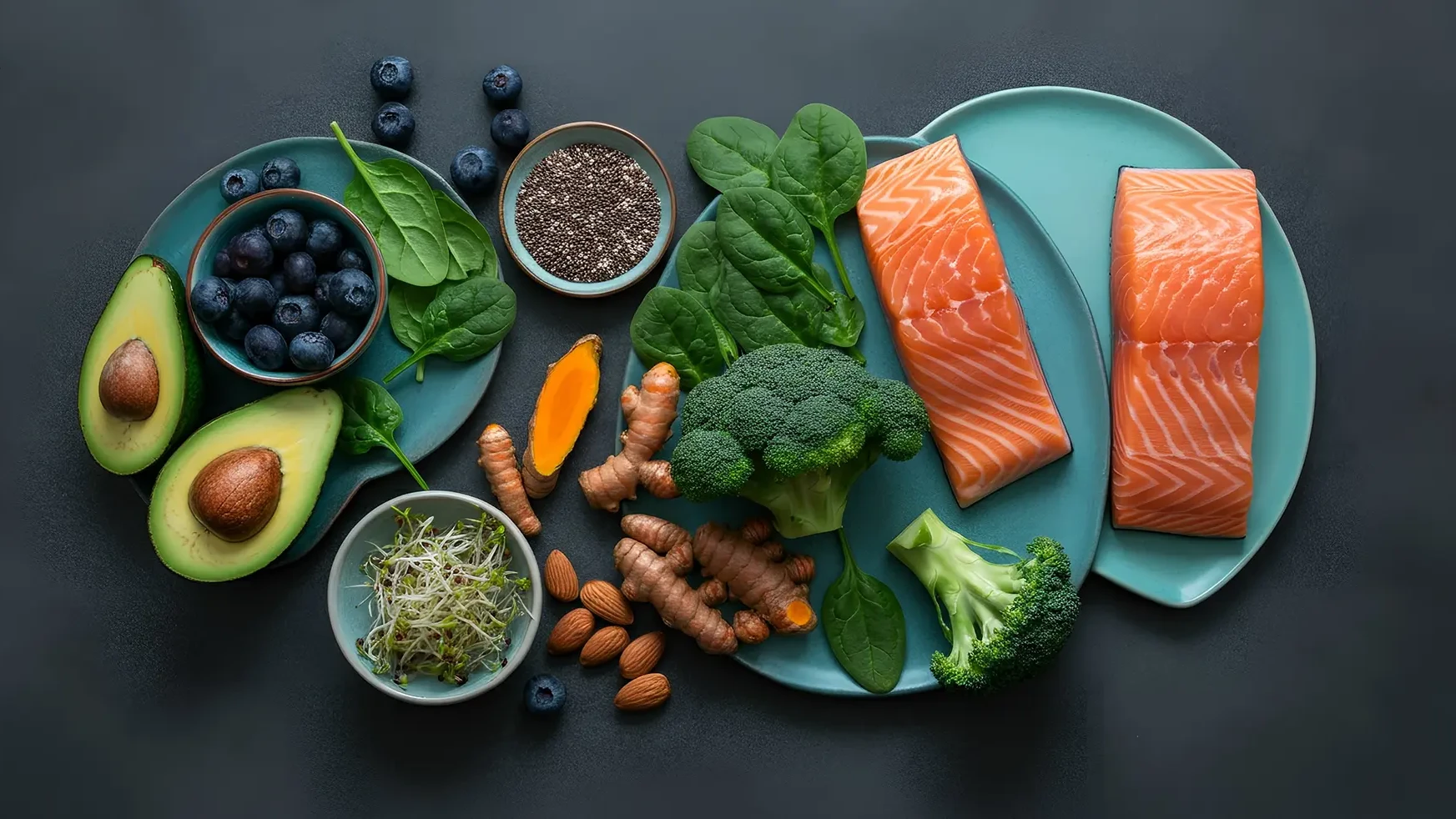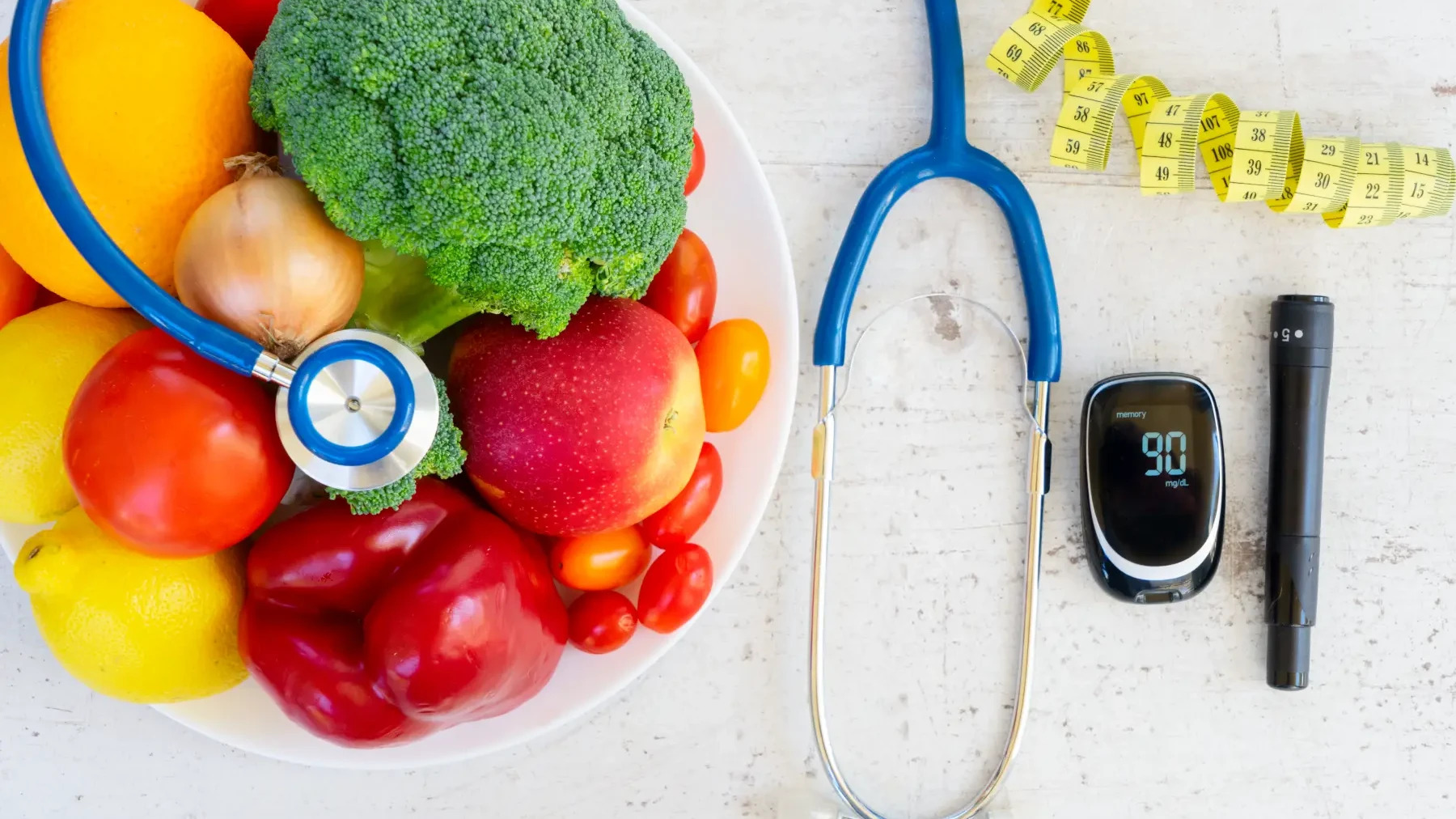Fast food is quick, cheap, and everywhere — which makes it easy to forget what it truly costs us. Behind the irresistible fries and drive-thru deals are hidden ingredients and clever marketing that keep us coming back for more. But what’s really in that burger, and how does it affect your body and long-term health?
In this post, we uncover what fast food companies don’t want you to know — from the science of cravings to the surprising truth about “healthy” menu items.
The Science Behind Fast Food Cravings
Ever wonder why it’s so hard to resist fast food? It’s not just willpower. Most fast food is engineered to trigger pleasure centers in the brain, using the perfect mix of fat, sugar, and salt to keep you hooked.
Studies have shown that these ingredients stimulate dopamine release — the same feel-good chemical linked to reward and addiction. That’s why after one meal, your brain remembers the pleasure and craves it again.
✨ Tip: If you start craving fast food, drink a glass of water or eat something naturally sweet like fruit first. Often, the craving fades in a few minutes.
Hidden Ingredients You Never Asked For
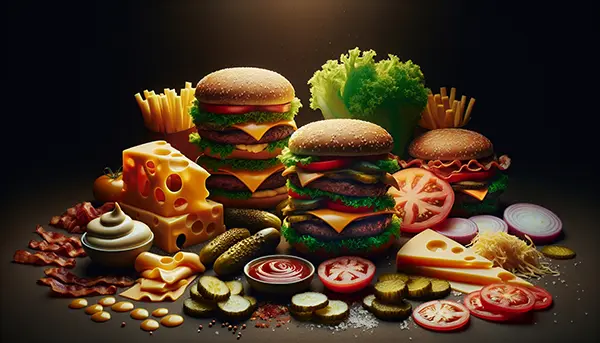
While the menu might list simple items like chicken or beef, most fast food contains additives, preservatives, and flavor enhancers that make food last longer and taste stronger.
Common hidden ingredients include:
- Sodium phosphate (used to keep meat moist and tender)
- Monosodium glutamate (MSG) (enhances flavor, often under different names)
- High-fructose corn syrup (adds sweetness to sauces, buns, and drinks)
- Artificial colors and flavors (to make food look fresher)
These additives can cause inflammation, digestive issues, and energy crashes. Over time, frequent consumption contributes to high blood pressure, insulin resistance, and obesity.
The “Healthy” Menu Trap
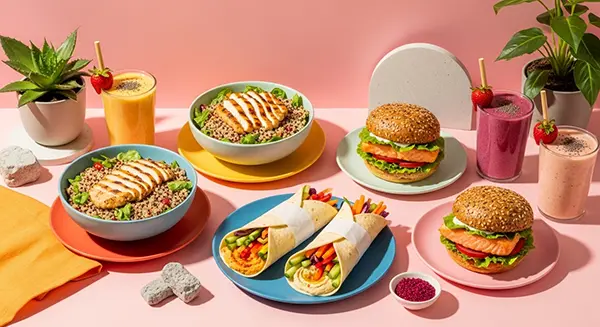
Salads, grilled chicken wraps, and fruit smoothies may sound like healthy choices, but many fast-food versions come loaded with hidden sugars, sodium, and high-calorie dressings.
A typical “grilled chicken salad” can contain over 800 mg of sodium, and smoothies often pack more sugar than a can of soda.
✨ Pro tip: When eating out, ask for dressing on the side, skip cheese or croutons, and choose water over sugary drinks. Small changes make a big difference.
The Impact on Your Body

Fast food affects more than just your waistline. Here’s what happens after a typical meal:
- Within 10 minutes: Your brain releases dopamine, making you feel good.
- After 30 minutes: Blood sugar spikes, causing a short energy burst.
- After 1 hour: Insulin rises sharply, leading to an energy crash.
- Over time: Frequent spikes cause inflammation, weight gain, and fatigue.
These cycles also affect your gut microbiome, leading to poor digestion and weakened immunity. The more often you eat processed food, the harder it becomes for your body to process real nutrients.
Marketing Tricks That Keep You Hooked
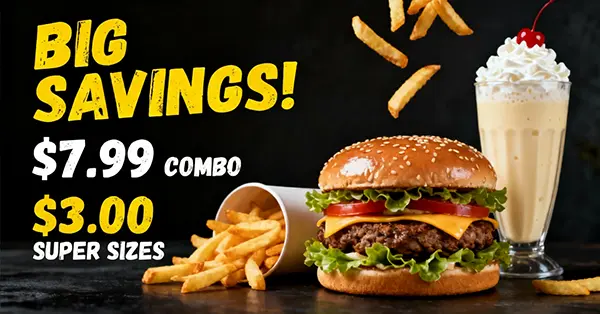
Fast food chains spend billions every year perfecting marketing psychology — from color design to meal deals.
- Red and yellow colors trigger hunger and attention.
- Combo deals make you feel like you’re saving money while eating more.
- “Limited-time offers” create urgency and fear of missing out.
Even the smell is designed to lure you in — synthetic aromas are pumped into the air near restaurants or drive-thrus to activate cravings.
Awareness is your best defense. Once you know these tricks, you’ll find it easier to make choices that serve your body, not their bottom line.
Fast Food vs. Real Food: A Better Swap
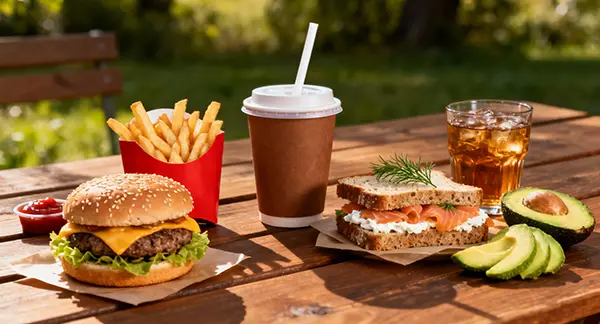
You don’t need to quit fast food entirely to eat better — just swap convenience for smart preparation.
Try these quick, nutrient-packed alternatives at home:
- Whole-grain sandwiches with avocado and microgreens
- Smoothie bowls with spinach, chia seeds, and fruit
- Homemade wraps using lean protein and fresh veggies
- Baked sweet potato fries instead of deep-fried versions
These options take less than 10 minutes to prepare and provide lasting energy without the crash.
Final Thoughts
Fast food might be fast — but the effects on your body last far longer. The good news? You can still enjoy convenience without sacrificing health by being mindful, planning ahead, and choosing real, nutrient-rich ingredients.
At Little SuperGreens, we believe better health starts with awareness and small daily choices. Next time you crave fast food, think twice — your body will thank you later.
Affiliate Disclaimer
Please note that some links on this site are affiliate links, meaning I may earn a small commission if you click on them and make a purchase, at no additional cost to you.As an Amazon Associate, I earn from qualifying purchases. Rest assured, I only recommend products and services that I truly trust and believe will provide value to you.
Daily Wellness
Explore more from Daily Wellness at Little SuperGreens - featuring nutrition tips, wellness hacks, and daily habits to strengthen health and boost energy.





